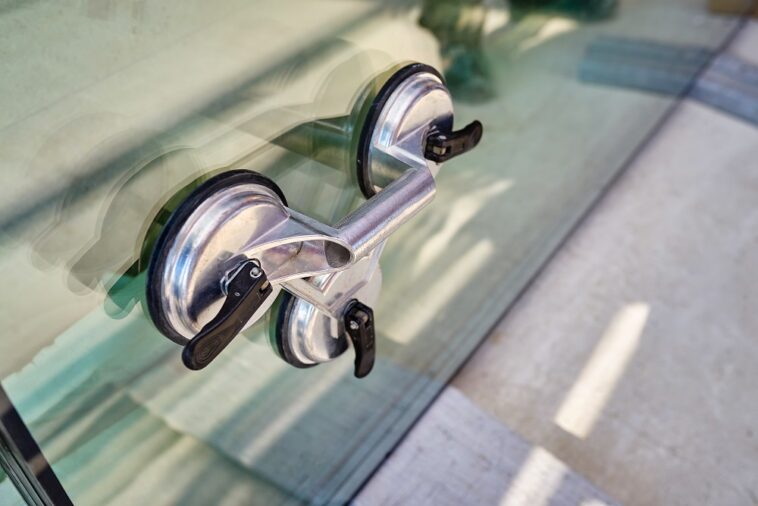Glass is a crucial material in various industries, particularly in construction, manufacturing, and glazing. Its aesthetic appeal and functional properties make it indispensable. However, lifting and handling can be a challenging and potentially hazardous task. Improper handling can lead to injuries, damage to the glass, and even catastrophic accidents. Therefore, it’s essential for workers to be well-informed about the best practices and techniques for lifting glass safely.
Understanding the Basics of Glass Handling
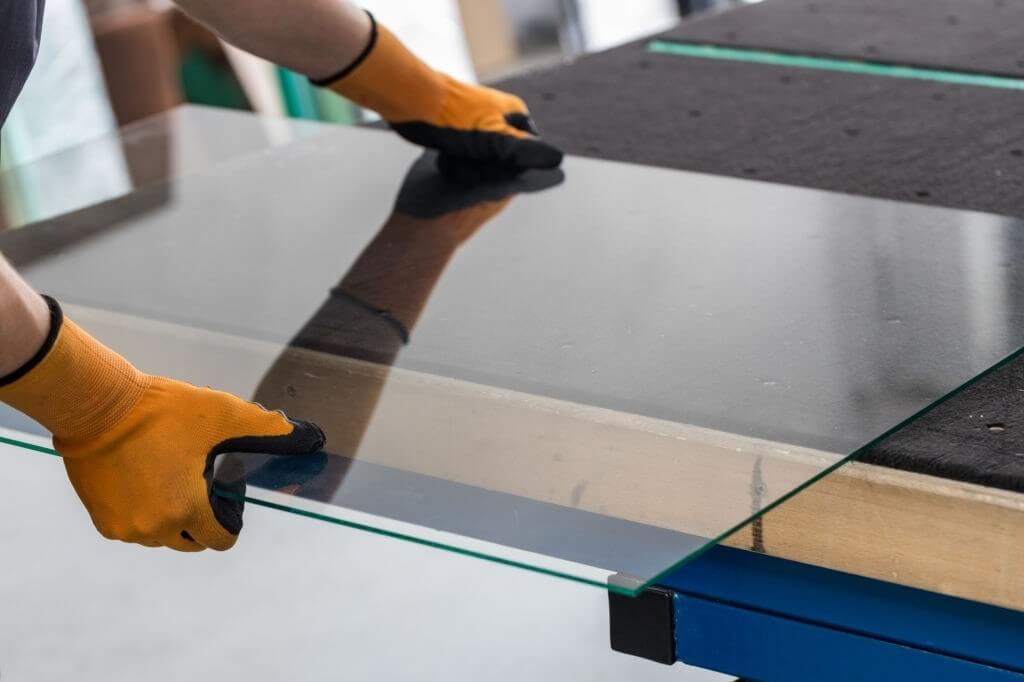
Before delving into specific techniques and tips, it’s important to understand why handling glass is so challenging. Glass, despite its strength and versatility, is fragile and can shatter under stress. Its weight, sharp edges, and smooth surface also contribute to the difficulty in managing it safely. Workers need to be aware of these characteristics to handle glass with the care it requires.
Knowledge of the different types of glass and their specific handling requirements can also be beneficial. For example, tempered glass, although stronger and more resistant to impact than regular, can explode into small, blunt pieces if it breaks, whereas laminated holds together when shattered, reducing the risk of injury.
Essential Safety Gear
Safety gear is non-negotiable when handling glass. Personal protective equipment (PPE) such as cut-resistant gloves, safety glasses, steel-toed boots, and long-sleeved clothing are crucial to protect against potential injuries.
Cut-resistant gloves are particularly important as they provide a good grip and protect against cuts from sharp edges. Safety protect the eyes from flying shards in case it breaks. Steel-toed boots prevent foot injuries from falling pieces, while long-sleeved clothing shields the arms from cuts and abrasions. It is also recommended to use a hard hat in environments where glass is being handled overhead.
The Importance of Proper Training
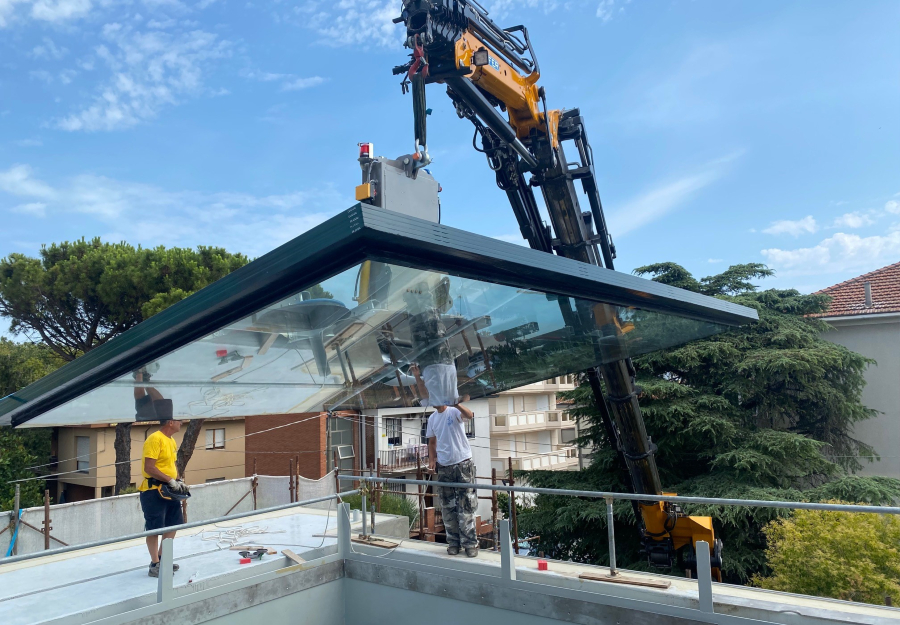
Proper training is the cornerstone of safe handling. Workers should be trained in the correct lifting techniques, the use of glass lifting equipment, and the safety protocols to follow in case of an accident. Training programs should include both theoretical knowledge and practical, hands-on sessions.
Workers should learn about the properties, the risks associated with its handling, and the correct use of safety gear. Practical training should involve real-life scenarios where workers practice lifting, carrying, and setting down glass in a controlled environment. Regular refresher courses can help keep the knowledge fresh and introduce new techniques or equipment as they become available.
Lifting Techniques
When lifting manually, workers should always use proper lifting techniques to avoid injuries and ensure the glass is handled safely. The basic principles of manual lifting apply here: lift with your legs, not your back, keep the load close to your body, and avoid twisting your body while lifting. For larger pieces of glass, it’s best to lift with the help of a partner. Each person should lift in sync, maintaining a steady, even pressure on the glass to avoid putting too much stress on any one point.
When lifting vertically, ensure it is balanced and stable before starting the lift. Use both hands, positioning them near the corners of the glass for better control. When lifting horizontally, support evenly along its length to prevent bending and potential breakage. Always be mindful of your surroundings, making sure the path is clear of obstacles that could cause you to trip or stumble.
Using Glass Lifting Equipment
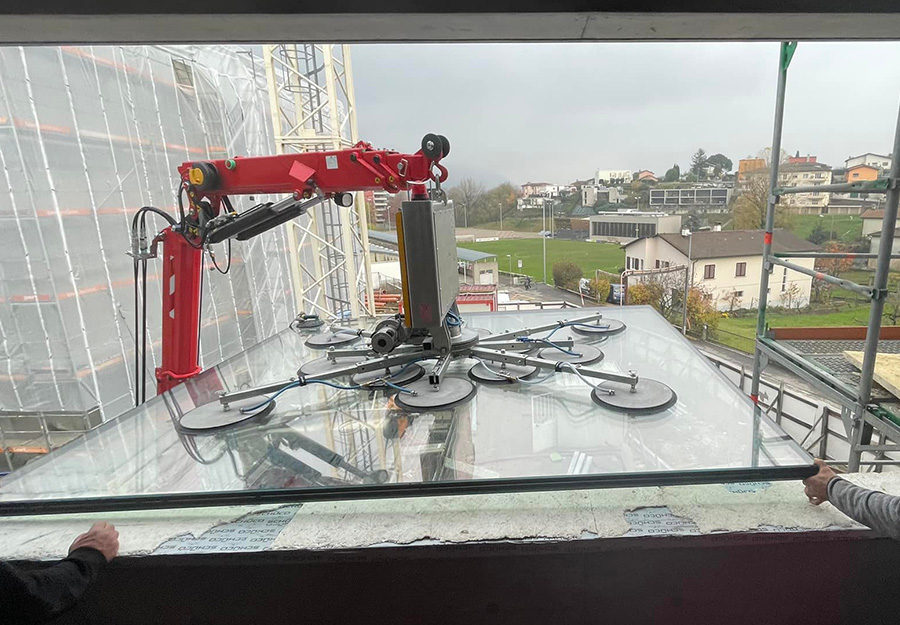
There are various types of equipment designed specifically for lifting and handling glass, including suction lifters, glazing robots, and crane attachments.
Suction lifters use vacuum technology to attach securely to the glass, allowing workers to lift and move the glass without directly handling it. Glazing robots are versatile machines that can lift, tilt, and rotate large glass panels with precision.
These robots are particularly useful in construction and glazing applications where it needs to be installed at great heights or in hard-to-reach places. Crane attachments, such as glass lifting clamps and vacuum lifters, can be used to lift glass panels in conjunction with cranes or other lifting devices.
Securing the Work Area
A secure work area is essential for safe handling. The area should be well-lit and free from clutter to minimize the risk of tripping or bumping into objects. Barriers or warning signs should be used to keep unauthorized personnel out of the work zone. In environments where glass is being handled at heights, safety nets or guardrails should be installed to catch falling glass and protect workers below.
Teamwork and Communication
Effective communication and teamwork are vital when handling, especially when working with large panels or using lifting equipment. All team members should be aware of their roles and responsibilities and understand the planned sequence of actions. Clear communication helps coordinate movements and ensures that everyone is aware of potential hazards.
Handling Glass in Different Conditions
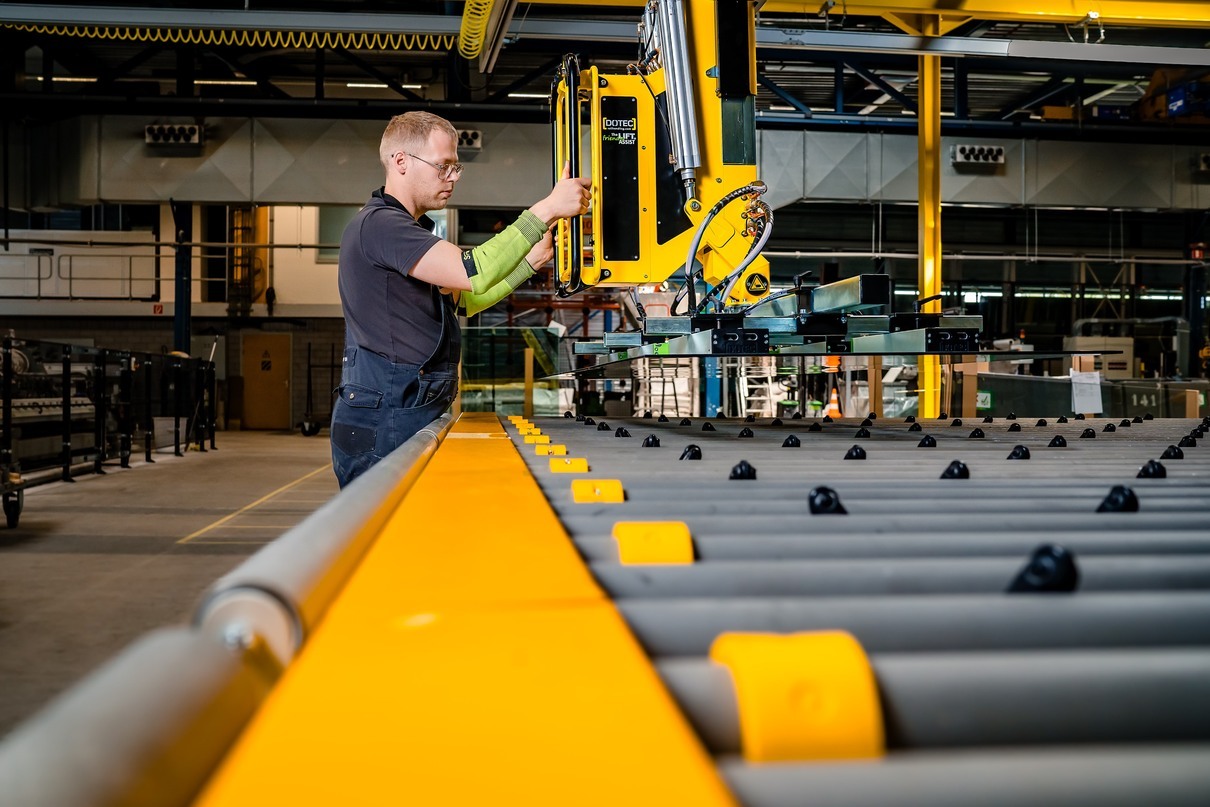
Different environmental conditions can affect the safety and ease of handling. In cold weather, it becomes more brittle and susceptible to breakage. Workers should handle it with extra care, allowing it to acclimate to the warmer indoor temperature before moving it.
Emergency Procedures
Despite all precautions, accidents can still happen. Having a well-defined emergency procedure in place is crucial for minimizing injuries and damage. All workers should be familiar with the emergency protocols, which should include steps for immediate response, such as first aid for cuts and injuries, as well as procedures for reporting accidents.
Emergency kits should be readily available and stocked with necessary supplies, including bandages, antiseptics, and tools for safely handling broken one. In case of a major accident, such as a large panel falling or breaking, the area should be evacuated immediately, and emergency services should be contacted if necessary.
Regular Review and Improvement
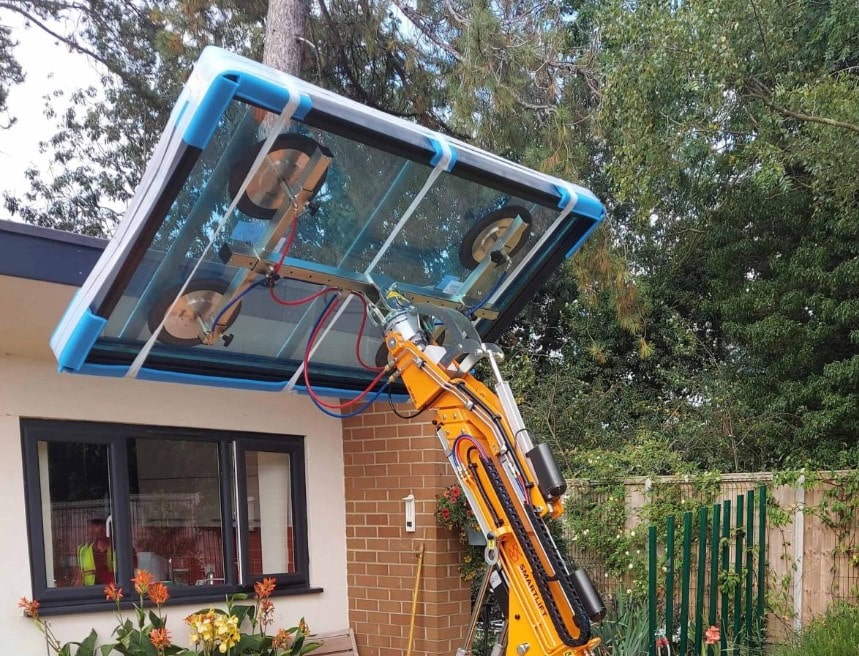
Safety practices should not remain static; they need to evolve with new technologies, equipment, and insights from past experiences. Regular review of safety protocols and procedures helps identify areas for improvement. Gathering feedback from workers who handle daily can provide valuable insights into practical challenges and potential solutions.
Implementing a culture of continuous improvement encourages workers to stay vigilant and proactive about safety. Regular safety meetings, training updates, and open communication channels contribute to a safer work environment and reduce the risk of accidents.



